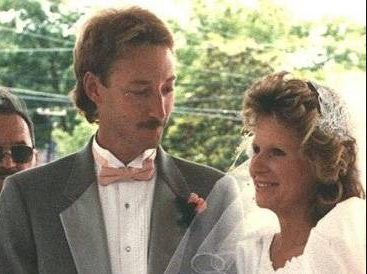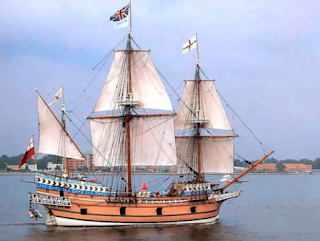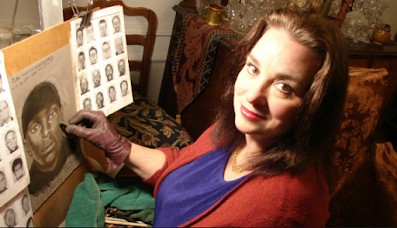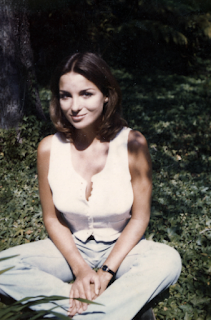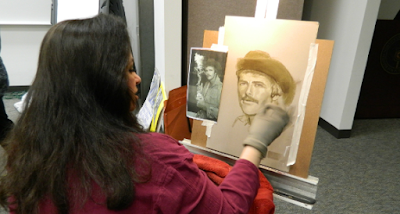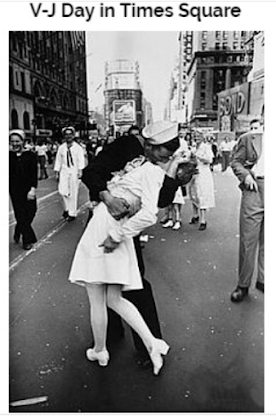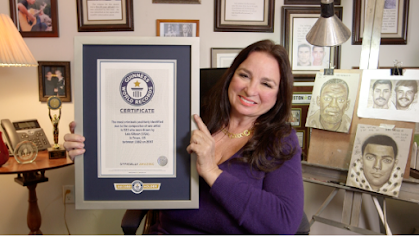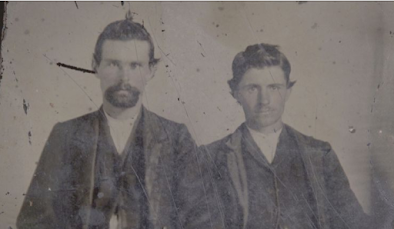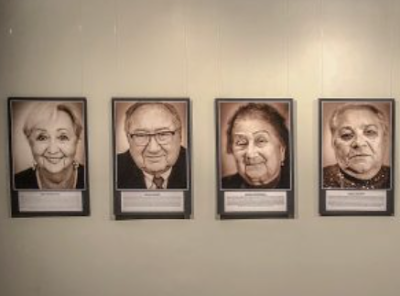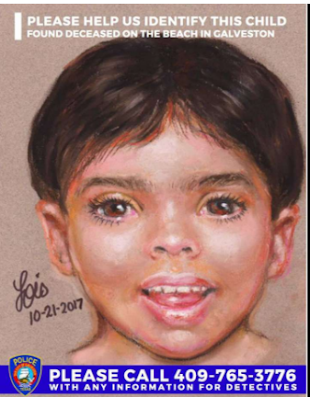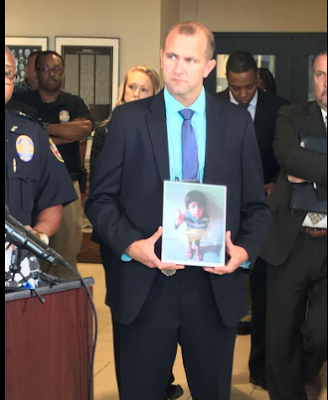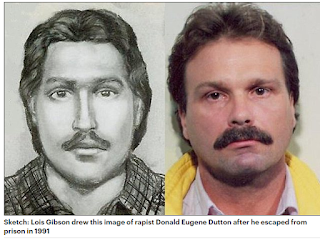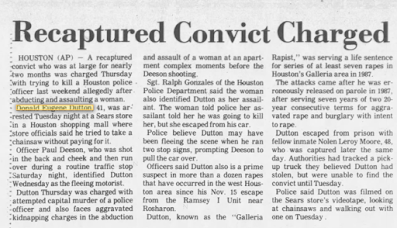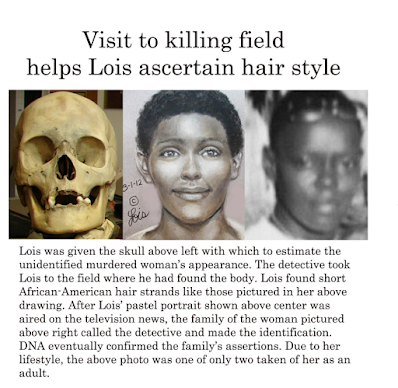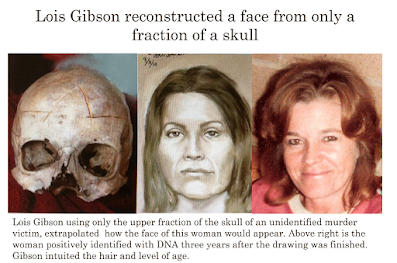Today we go back to the mid-1920s and early 1930s for a glimpse of the life of Knute Rockne, famous All-American football player and coach at the University of Notre Dame. He was applauded as one of the greatest coaches in football history and his death caused a national grief that was akin to that reserved for US Presidents.
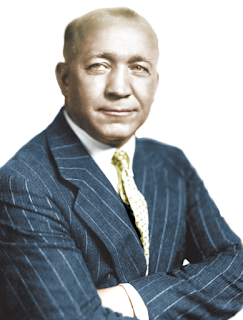 |
| Knute Rockne (1888-1931) |
Knute Rockne
Born: March 4, 1888 in Voss, Norway
Died: March 31, 1931, age 43, in Kansas in a plane crash
Parents:
Lars Knutson Rockne (1861-1912)
Martha Pedersdatter Gjermo (1859-1944)
Siblings:
Anne L. Rockne Leggett (1884-1963)
Martha Rockne Stiles (1890-1974)
Louise P. Rockne (1894-1959)
Florence Jeanette Rockne Fairfield (1899-1967)
Married on July 14, 1914
Bonnie Gwendoline Skiles (1891-1956), 4 children: William Dorais Rockne (1915-1960), Knute Lars Rockne (1918-1988), Mary Jeanne Rockne Kochendorfer (1920-1992), John Vincent Rockne (1926-2008).
******
When Knute Rockne was five years old and his sister Anne was nine, his parents emigrated from Norway to the northwest side of Chicago. Knute played neighborhood football for the Logan Square Tigers. After grade school, he went to North West Division High School where he ran track and continued playing football.
After high school, he worked for four years as a mail dispatcher. He returned to school at age 22 to finish his education at the University of Notre Dame in Indiana. He carried mostly chemistry courses and of course, played football, becoming Notre Dame's star player. He rose to assistant coach in 1912 and won All-American in 1913.
During the summer of 1913, Knute worked as a lifeguard at Cedar Point Amusement Park where he met his future wife, Bonnie. After he graduated in June 1914 with a pharmacist degree, he was hired as a laboratory assistant at Notre Dame for their chemist Julius Nieuwland and helped out occasionally coaching football. When an offer came to coach football for the Akron Indians, he gladly chucked chemistry in favor of football and perfected his "forward pass" that he learned from Notre Dame's quarterback Charlie "Gus" Dorais. On July 14, 1914, he married Bonnie Skiles in Sandusky Ohio and they named their first son after Gus Dorais.
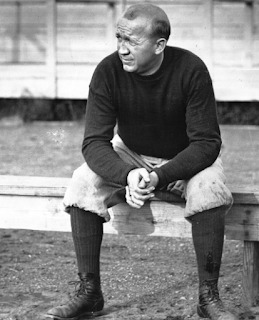 |
| Knute Rockne at Notre Dame |
In 1915, he began his professional football career with Dorais and introduced the forward pass into the pros. Rockne became famous as a head coach of Notre Dame with 105 victories, 12 losses and 5 ties.
 |
| Knute Rockne, Bonnie, and Baby Anne |
He worked hard to promote both the Notre Dame school and their football team, nicknamed "The Fighting Irish," and was rewarded when the team became financially successful. He was a favorite of the sports reporters, radio stations and later television networks, but there was a method to his madness . . . he only gave them his time because he wanted the free advertising for Notre Dame.
In 1925, Rockne converted from Lutheran to Catholic in the chapel on Notre Dame's campus.
Some of his football players went on to become famous, honored with streets, automobiles (The Studebaker Rockne car), towns and schools named after them: Jim Thorpe, George Gipp, George Pfann, and Red Grange.
In 1924, the national champion team included the Four Horsemen backfield: Harry Stuhldreher, Don Miller, Jim Crowley, and Elmer Layden. Rockne often said the 1929 and 1930 teams were his best years.
In January 1931, Chicago newspapers offered Rockne an annual salary of $25,000 to be a journalist and write a syndicated column. The $25,000 is equivalent to about $450,000 in today's dollars. Then a publisher offered him the same money to write stories about his life and travels. However, he took his time to consider both offers because he was a sick man with hospitalizations several times since 1929. When the offers were widely covered in the daily newspapers, he opted to turn down both offers.
On March 31, 1931, Rockne was flying aboard a Transcontinental & Western Airlines plane enroute to a screening of the film "The Spirit of Notre Dame" when the plane crashed in Kansas. Rockne had just left Kansas City where he visited his two sons at boarding school there. After taking off from Kansas City, the wings broke up in the air and the plane crashed in a wheat field near Bazaar, Kansas. Seven of the eight people on board were killed.
 |
| Headline News of Air Crash |
Jess Harper, the coach whom Rockne had replaced at Notre Dame, lived about 100 miles away and was called to make positive ID of Rockne's body. Today there is a memorial standing on the spot where the plane crashed, and has been maintained since the crash by one of the first people to arrive, 13-year old James Heathman.
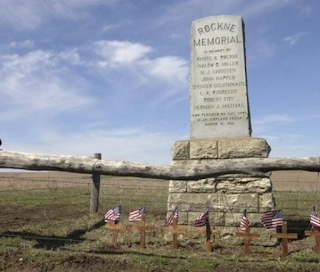 |
| Memorial - Knute Rockne Crash Site |
In Rockne's home country of Norway, King Haakon VII knighted him posthumously. In the United States, President Hoover called Rockne's death "a national loss." His funeral was huge because everyone wanted to attend. More than 100,000 people lined the streets and it was broadcast live on radio throughout the United States.
 |
| Knute Rockne Funeral at Notre Dame (1931) |
The airplane crash caused public demand for changes in aircraft design, operation, inspection, and scheduled maintenance. It spawned new safety guidelines to make air travel one of the safest modes of transportation. Several movies have been made about Knute Rockne's life but at least one is clearly the "Hollywood" version with just a smidgen of actual fact.
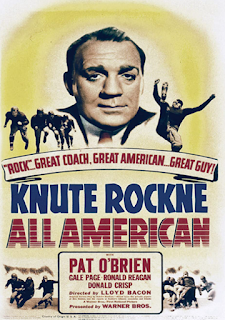 |
| Pat O'Brien as Knute Rockne |
His wife Bonnie Rockne died on June 2, 1956. All four children survived her.
 |
| Bonnie Rockne and children (circa 1932) |
The Rockne Children
William Dorais Rockne, the oldest son, got into a scrape with the law on April 13, 1936 when the truck he was driving for Maule Ojus Rock Company was overloaded with rocks and spilled out onto the road. William claimed to not have noticed it (!). When police stopped him in Miami Beach, they noted that he seemed "out of it." He appeared before a judge, acted disinterested in his surroundings, and a psychiatric evaluation was ordered.
On August 14, 1936, William appeared before Judge Daniel P. Galen who fined him five dollars plus court costs OR five days in jail for the rock incident. The judge then suspended the sentence while waiting for the psych evaluation from Dr. Francis Gerty, medical director of the Psychiatric State Hospital for the Insane in Elgin,. His report said he felt that William Rockne was suffering from dementia praecox, with symptoms of disorientation, restlessness, ideas of suicide, depression, auditory hallucinations, lack of focus, psychosis and paranoia.
The name of the disease leads one to believe that the 20-year old actually suffered from dementia, a stigma by itself, when that term was a catchall term used for several psychiatric disorders such as: manic depression, bipolar disorder, and schizophrenia.
The judge ordered William Rockne to be institutionalized at the Psychiatric State Hospital in Elgin, Illinois. He was there for three years and was released in 1939. He had several other minor run-ins with police in the 1940s. In 1951, he broke into the home of Joe Novacek, a wealthy used car dealer in Wichita Kansas who shot him three times because he attempted to flee the house before police arrived. William had emergency surgery and recovered. It was the first time his mother visited him in over two years. For the rest of his life, he continued to be treated in many mental facilities. He died in June 1960. He never married.
Daughter Mary Jeanne Rockne Kochendorfer married in 1959 to Anthony Joseph Kochendorfer. In 1964 they had one child, named after her mother Bonnie Marie (1964-2018). Mary died on December 22, 1992.
Knute Lars Rockne Jr married Margaret Alice Siewert in 1941. They did not have any children. Knute Lars died on May 6, 1988 at the age of 69.
The youngest Rockne child, John Vincent (Jack) Rockne married Joann Hays in 1948 and they had four daughters and four sons. Joann died in 2005 following the death of all four sons who died between 1986 and 2004. Jack Rockne died on August 10, 2008 at age 82.
Sources:
Wikipedia
Sagepub Journal
World Cat.org
UCLA Library
